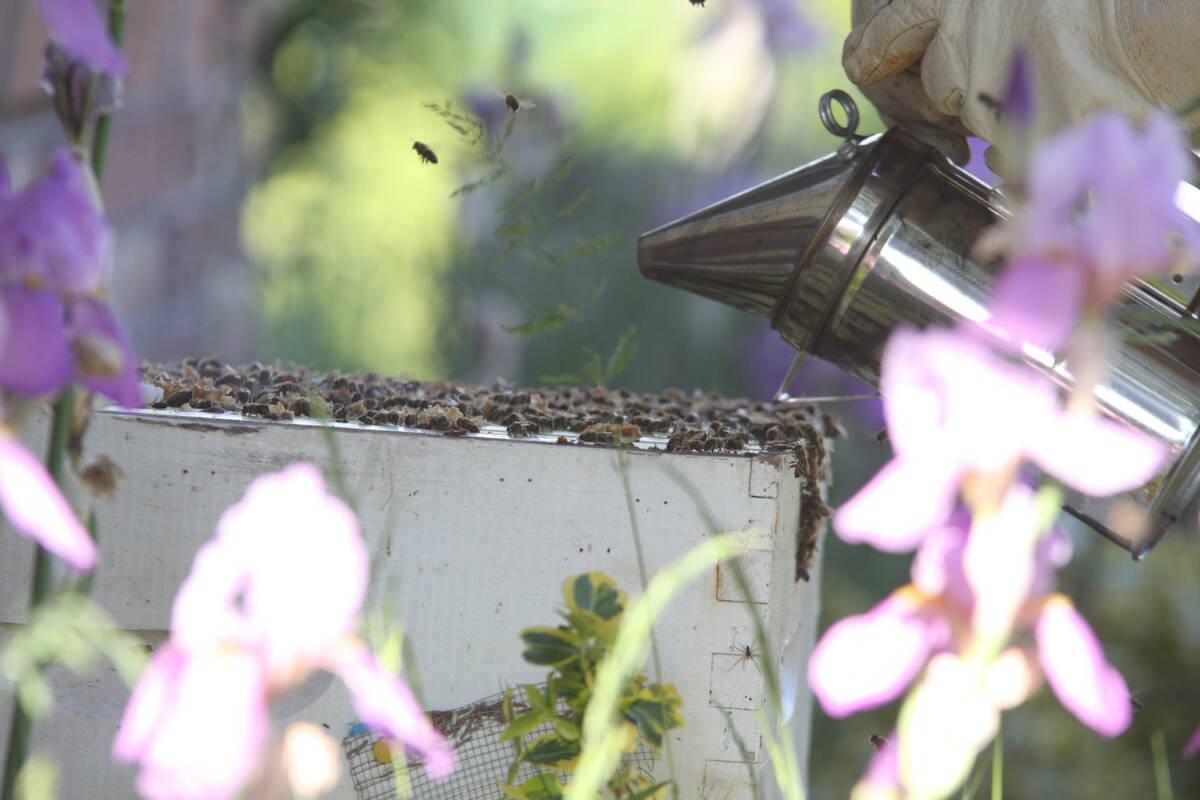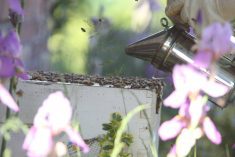For as little as $10 an acre, cattle producers can perk up tired pastures using an option known as sod seeding.
With this method, legumes are added without tearing up the pasture to remove existing grass. The grass already in the pasture will remain part of the forage mix.
Manitoba Agriculture provincial forage specialist Glenn Friesen said sod seeding is one of several options for producers to consider when thinking about rejuvenating pastures.
During the Manitoba Grazing School in Brandon in December, Friesen presented research that showed sod seeding can increase pasture yields by almost 800 percent, once the legumes are well established.
Read Also

Manitoba beekeepers battle for survival
Honeybee colony losses have hit 43 per cent, making 2025 the latest in a string of poor bee survival years for Manitoba’s honey producers
However, he also emphasized that results can be variable and a number of steps should be followed to get the best results.
It’s important that producers plan ahead. Existing pasture grass should be weakened in the year before legumes are seeded so it doesn’t stifle legume growth the following spring.
Friesen said there are two ways to do this:
- Graze the pasture heavily the year before sod seeding so that the grasses are weakened, even at the root level.
- Apply a reduced rate of a herbicide, such as glyphosate, which will slow grass growth without killing it. Friesen noted that bluegrass, for example, can be more resilient to herbicide than a number of other grasses, so a heavier dose of glyphosate may be needed if it is among the most prevalent.
Weeds should also be controlled.
Friesen said alfalfa, trefoil and white or red clovers are good candidates for sod seeding in Manitoba. When deciding which legume to plant, producers need to look for varieties suited to their soil and climate.
A sod seeder is one way to plant legumes into a grass pasture, which producers may be able to find through a soil conservation group. When using it, producers should include fertilizer to get the plants started. Friesen suggested 15 to 20 pounds per acre of 11-55-0.
Planting depth should be between half and three-quarters of an inch, Friesen said. A lot of thatch on the pasture surface could make it harder to reach the targeted planting depth.
Another option is to broadcast the seed early in spring as frost comes out of the ground and then let cattle on briefly to trample it into the soil. The seed also can be broadcast and harrowed into the soil.
Pasture development should be monitored through the spring. It may be necessary to allow cattle onto the pasture for a quick grazing pass if grass growth is lush and threatens to choke out the young legumes.
Sod seeding is advantageous because it doesn’t require a large investment of time and costs little, usually between $10 and $20 an acre.
However, results can be variable. As well, pastures will need a long rest in the year legumes are planted to let them get established, which is why it’s important not to sod seed all of a farm’s pastures at the same time.
Friesen said improved pasture management, such as rotational grazing, is the best way to improve yields over the long term, but it requires a lot of time.














